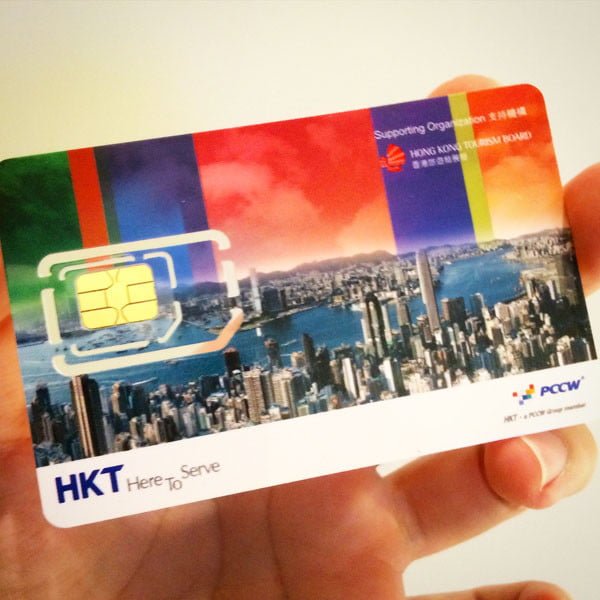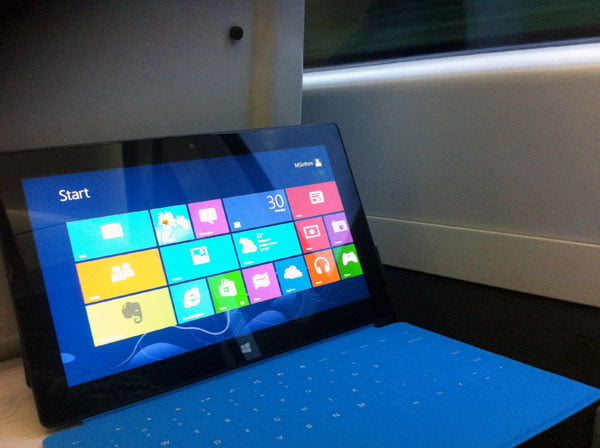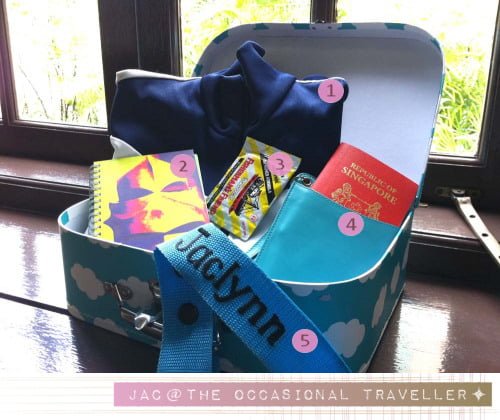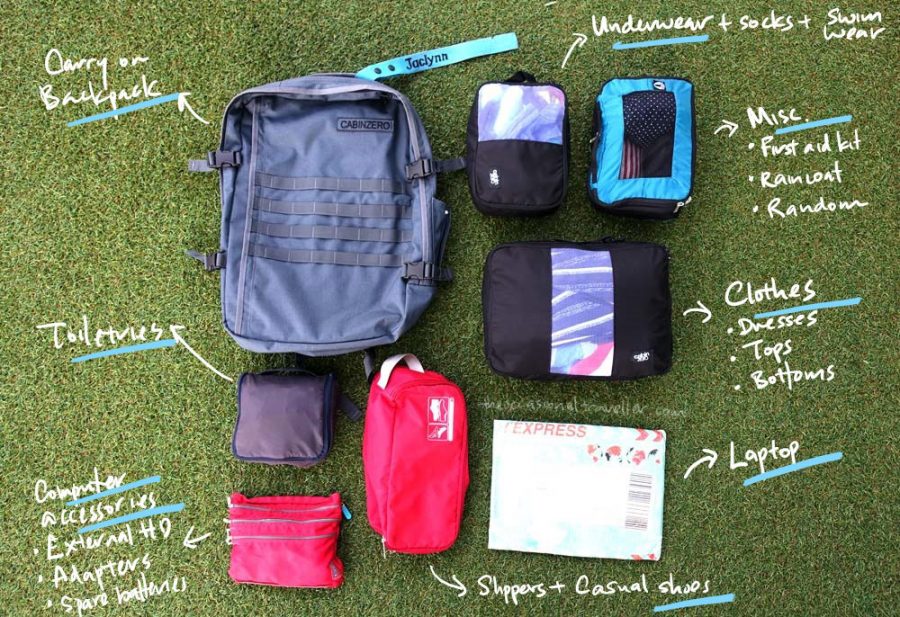As a travel blogger and a busy working professional, one of the things I’m always concerned about when I travel is having internet to do research and make bookings and just being connected on the go. Here’s a detailed post I made about the best way to connect to the internet while travelling and discussing all the pros and cons for each method.
Last Updated on 5 July, 2024
While I do enjoy going offline on my travels, life as a solo traveller is so much easier when you can just google things on the go and use google maps to find your way aorund. These days I keep e-tickets and other essentials in dropbox or my email, so having internet while travelling has become quite essential.
When I first started travelling solo back in 2011, I relied heavily on paper maps and travel brochures to find my way around. Sure I made bookings online but it was all through my laptop. Data was such a premium back then and only the business travellers whose companies paid for their plans
Local SIM Cards
How local SIM cards work
A local SIM Card is a SIM Card that you purchase from a telco in the country that you are visiting. You either purchase it when you reach the country (lots of airports have SIM cards for sale nowadays) or sometimes you can pre-purchase them in your home country and bring it along with you (Can be an airport pickup, or delivery to your home pre-trip).
You usually have to either replace the current SIM card in your phone if you have just 1 SIM slot, or add it to the second tray if you have dual SIM slots to switch between. Local SIM cards can be prepaid (comes loaded with a certain amount of minutes/data that you can use) and some cards can be topped up with additional data/minutes through the telco or other vendors.

Pros of using local SIM cards
- Not just data – depending on the plan that you buy, you usually have some minutes on your phone which can be helpful if you need to make a booking to an overseas number or check for directions with your hotel on the go.
- Convenient – It’s just you and your phone, no additional devices to carry around or having to worry about charging. You’re connected all the time – you don’t have to worry about switching on the device or it running out of battery. If your phone dies you can’t use your data anyway so that’s one less thing to think about with a SIM card.
- Pay as you need – you control how much data/minutes you use and it’s usually quite easy to top up additional minutes or data if you’re in a city. You don’t run the risk of bill shock because no money = no connection, simple as that.
- Can be cheap – Sometimes data overseas is just a lot cheaper than data roaming on your home network
Cons of using local SIM cards
- Having to spend time getting one – In most places, you’ll need to spend some time trying to procure the right SIM card for your trip, and this can be time consuming and challenging especially if there are language barriers. Of course if you get one pre-trip you don’t have this issue, but I find that those pre-trip selections are often quite limited versus what you can get in the country itself.
- Foreign Number – you can’t get phone calls or smses directed to your original line when you are using a prepaid SIM card with a foreign number. Thankfully this doesn’t affect data-dependent programmes things like whatsapp and facebook messenger as your contacts are saved on your phone, but may be a pain if your bank’s 2FA is via SMS.
- Limited by what you have on the card – if you don’t budget for it in the beginning or judiciously monitor your phone usage for data-eating apps, costs might start racking up when you frequently have to top up your card! Having to top up the card can be a hassle if foreign languages are involved
- Limited by the SIM card – Most SIM cards have an expiry date or specific time period that they will work once activated, so unless you’re visiting the same country fairly regularly, your SIM card is mostly like a one-time use only. Also, the SIM card is so tiny I have a tendency to misplace it unless I tape it to something >_<
- Tethering is draining – you can use your phone as a hot spot for your tablet/laptop/other people’s phones quite easily these days, but it will drain your phone’s battery more quickly
What type of travellers are local SIM cards best for?
- People who aren’t expecting any urgent call-ins (i.e. not your business/sales folk), and just need data or local calls
- Those who want something fuss-free – just pop the card in and you’re connected for the rest of your trip without having to worry about any additional bits and pieces
Where to buy local SIM Cards
- Klook [affiliate link] and KKday often have SIM cards for sale and sometimes offer discounts too that you can offset with other purchases
- Changi Recommends is also convenient for Singaporeans because you can pre-book and pick it up as you fly out
eSIM Cards
How eSIM cards work
An eSIM card is a data plan that you can purchase and set up directly on your phone without having to remove your current SIM card. It’s basically a virtual SIM card and you can set it up via QR codes before your trip. It is usually only activated when you’re in the new country and connected to the local network. I used eSIM on my trip to Spain and really like how easy it is to use.
Pros of using ESIM cards
- Convenient – not having to swap out or risk losing your original SIM card. You also save time from not having to hunt down a telco store to buy a local SIM card and can have internet from the moment you enter the country so useful if you need to access documents at immigration
- All in one device – no separate devices needed, just your phone!
- Prepurchase available – the plans are usually controlled via an app where you can monitor usage or purchase/topup accordingly. You can choose length of plan and it is only activated once it connects to local network for the first time.
Cons of using ESIM cards
- Tech savvyness needed – you do need to know how to set up your eSIM on your phone. The method is honestly not difficult, mostly requires scanning of QR codes, but older folk or less tech savvy people might not be so adept, especially if they need to troubleshoot and aren’t familiar with how to switch around the SIM settings. The QR codes only work once so you have to set it up carefully.
- Less choice – depending on which provider you pick, you may not have as many options of network operators compared to if you purchase a local SIM. Prices also may not always be the cheapest depending on the country/plan you pick.
- Data only – most esSIM plans I’ve come tend to be data only. Not an issue if you don’t plan to make any calls and you can call via platforms like whatsapp or Line, but in some cases where you’re making reservations or a rideshare driver is trying to contact you, it can be a bit more troublesome
- Data throttling – some eSIM plans will throttle data speeds if you go over a certain limit, so make sure to check your plan well
What type of travellers are eSIMs best for?
- Tech savvy travellers who are familiar with apps, online purchases and their SIM phone settings
- I personally recommend this as my favourite method of connecting to the internet while travelling nowadays!
Where to buy eSIMs
- There are eSIM companies like Airalo [affiliate link] where you can get 1-country or multiple country plans. p/s: if you use my referral code JACLYN4873, you’ll save US$3 and it’ll give me US$3 credit too!
- Klook [affiliate link] and KKday often have eSIM cards for sale and sometimes offer discounts too that you can offset with other purchases
- Changi Recommends is also convenient for Singaporeans because you can pre-book and pick it up as you fly out
Portable Wifi Devices
How Portable Wifi Devices work
Potable wifi devices are sometimes referred to as ‘dongles’ or ‘eggs’. They connect wirelessly to the local 3G/4G network and you tether your phone/laptop to the device via a unique ID/password for online access.
Most of the time you have to rent these devices, though nowadays they have devices that you can buy and either insert your own SIM card or activate eSIM plans for them separately. I own a SapphireGo (was given one, not bought or sponsored) but to be honest I’ve never used it to date because the rates for the countries that I was visiting weren’t very competitive, but it could be useful for business travellers who go to a lot of different countries.

Pros of portable wifi devices
- Tethers multiple devices easily – You can usually tether up to 5-10 connections at once as long as you have the ID/password (usually found on the back of the device) so it’s useful when you have several devices like a phone and tablet and/or laptop running at the same time. Multiple tethering is also good when you’re with friends and can share a device
- Control from 1 central device – I like this because you don’t have to be connected 24/7 and that lets you concentrate on your holiday. I usually take ‘social media breaks’ on the go, so I just turn on the device when we’re in transit or having meals/rest breaks. For groups, it also means that you don’t have situations where people are perpetually checking or updating their statuses and ignoring the rest of the group, as you do when you are connected 24/7.
- Retaining your original number – No worrying about whether you are missing any important calls to your original line. It’s useful for smses, but note that you still need data roaming to receive any calls while overseas.
- Unlimited/High amount of Data available – I’ve never had to worry about my social apps using up all my bandwidth or data plan to date! The speed has generally been quite decent.
- Security – the unique password for each device gives you more security as compared to using open free wifi networks where you are more vulnerable to hackers, which protects your online accounts and passwords
Cons of using portable wifi devices
- Short battery life, requires separate charging – the device battery can deplete quite fast if you leave it on continuously so I usually only turn it on when I need it. Also, my device tends to get really hot if left on for too long!
- Additional device to carry around/charge – if you’re trying to streamline your packing, this might be annoying. The device isn’t very big (palm size), but if you’re the sort to just stuff things into your pockets and go out, it’s an additional device to worry about.
- Charge based on per day rental – the device usually costs anywhere from $8 – $25 per day to rent, so this can be add up to be quite expensive if you are on a longer trip. Also, each device is usually tethered to just one country, so for those doing multi-country travel, might not be such a practical option. The bonus is you know how much you are paying upfront so it helps with budgeting, so you don’t get one of those crazy bills that you see only when you get back home!
- Getting and returning the device – you are just renting the device, so you need to make sure you don’t lose it or you will be liable! You will also need to coordinate receiving and returning the device which can be troublesome.
- Proximity – if you’re in a group, you have to be near the device for the connection to work! So no splitting up from the group or the person holding the device.
What type of travellers are Portable wi-fi devices best for?
- Travellers who have multiple devices that they need to be connected all at once – blogger, techie or business types usually
- Travellers who need the security and connectivity the dongle offers. Business travellers can also charge it to their company’s bill so costs don’t matter
- People travelling in groups who are a little more budget focused – you can split the costs of sharing a device, but you always need to be travelling together to use it
Where to rent portable wifi devices
- There are companies that offer rental and door to door delivery and pickup of devices, but Changi Recommends is my usual go-to for sheer convenience for Singaporeans because you can pre-book and pick/return as you fly in and out of Singapore
- Klook [affiliate link] and KKday often have portable wifi devices for rent and sometimes offer discounts too that you can offset with other purchases
International Data Roaming plans
The most traditional way to be connected when overseas is to have roaming services enabled on your phone through your telco so you can get calls and use data from the local networks of the country you are visiting. I currently use Singtel and have pay-per-roam (so only pay per use) though I never use it overseas, it’s purely for emergencies. I usually turn off my mobile data roaming when overseas so I don’t get any roaming data charges.
Pros of international data roaming plans
- Less hassle – no need to change SIM cards or tote around another device which is a major plus. Activation happens on the phone directly and billing is through your usual monthly bill
Cons of data roaming plans
- Can be expensive – Singtel’s overseas roaming data plans are still pretty expensive to me. The only time I use them is if I’m on a short family trip to Malaysia or Thailand because they have a cheap $5 plan and I don’t expect to need data for anything more than messaging people. This used to be the expensive option, but there are more telcos like Circles life Jetpac and SIMBA that offer attractive overseas data plans worth considering.
What type of travellers are International data roaming plans best for?
- Very frequent travellers who don’t want the hassle of having separate devices or changing their SIM cards. Ideally they can charge these costs to their business accounts so they don’t feel the pinch. Quite frankly, I wouldn’t recommend roaming at all as I think you can get far cheaper and better deals with the other options or just using free wi-fi services
- For emergency purposes, I would suggest just having pay-per-roam so you only use when necessary
Hope you found the breakdown of pros and cons useful in deciding what might work best for your travels – what’s your preferred way to stay connected on the go? Share in the comments and maybe we can exchange useful tips and help each other save some money and hassle :)
Travelling Light – Microsoft Surface RT and Windows 8 review
My travel essentials
How I pack carry on only for my travels
Cover Image: Connecting the World by Michael Summers via Flickr CC





Y5buddy Singapore
Wednesday 16th of November 2016
Y5buddy only require $50 deposit ?
Jaclynn Seah
Wednesday 16th of November 2016
ah, let me amend that. Thanks!